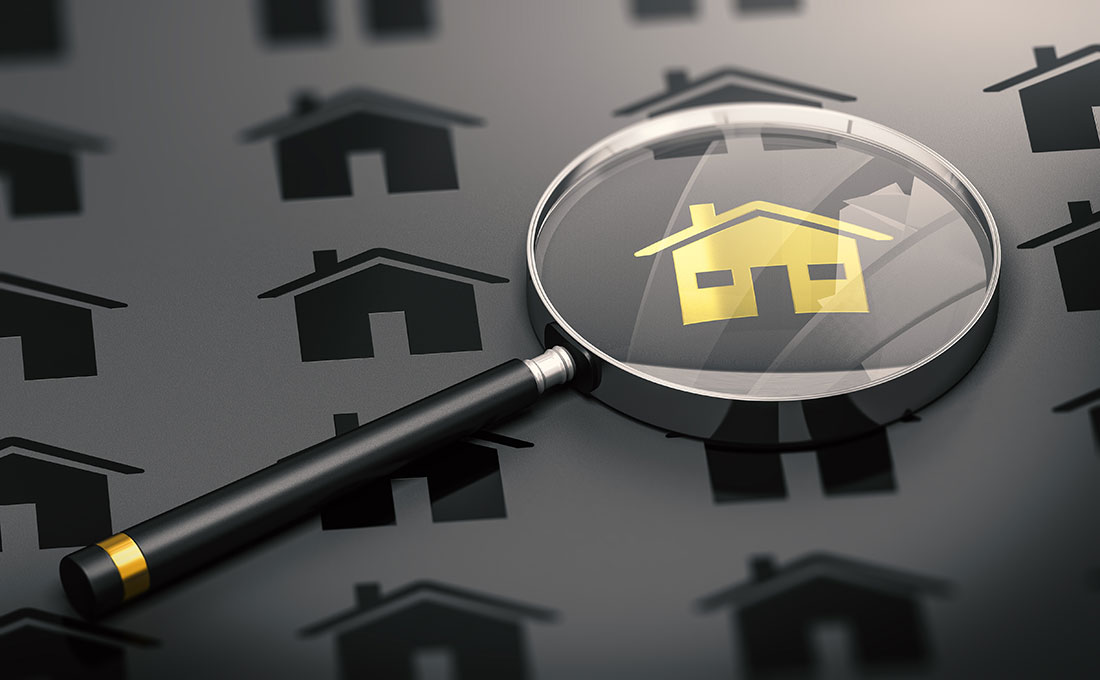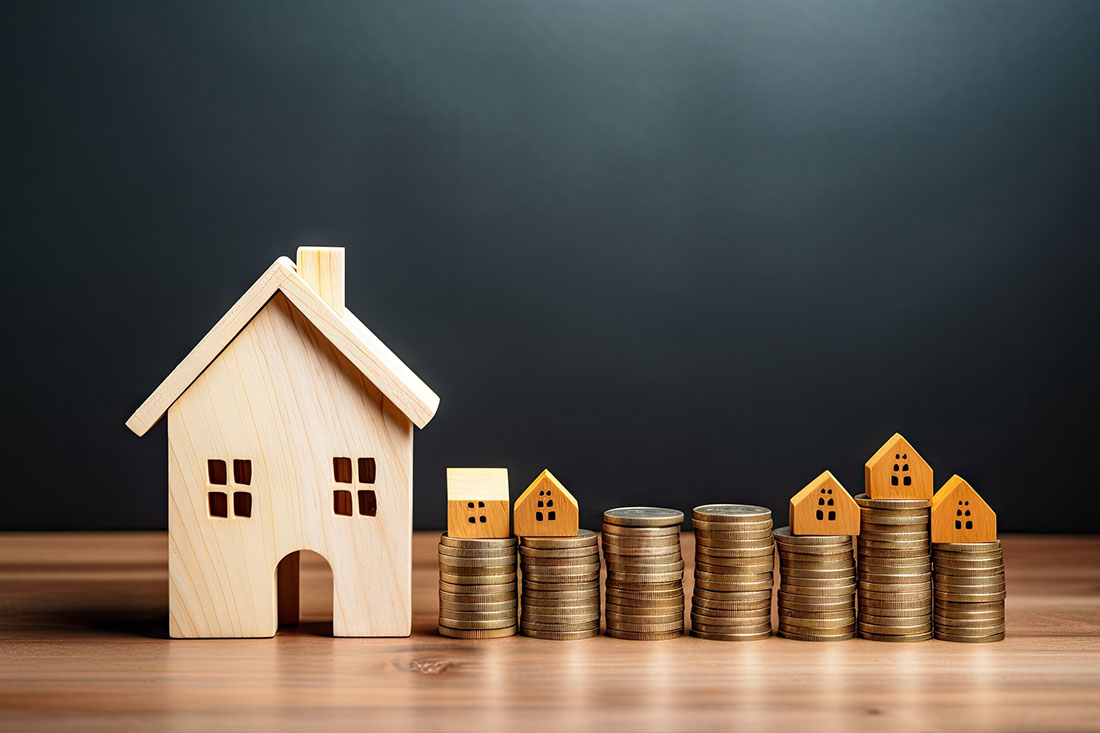We’ve said this before: the most important part of any real estate purchase is its long term performance. This appreciation builds real wealth. With an ability to identify long term performance trends, it’s not hard to pick the right region in which to buy property.
The hard part is doing enough research on the region beforehand that will help inform your decision as much as possible. There is one major factor to this research that will go a long way in helping you do so: GDP growth.
What Is GDP?
The gross domestic product (GDP) is one of the most important primary indicators used to gauge the health of a region’s economy. It represents the total dollar value of all goods and services produced over a specific period of time.
Measuring GDP is complex, but in essence it can be measured in 2 ways:
- The Income Approach: adding up what everyone earned in that region.
- The Expenditure Approach: adding up what everyone spent in that region.
Both are tried and true approaches of determining an accurate GDP. With respect to real estate (and real estate investment), the Expenditure Approach can be very useful in helping to predict an increase in the regional GDP and therefore an increase in the regional price of real estate, particularly when for example, a government elects to increase infrastructural spending in that region.
How GDP Growth Can Influence Real Estate Prices
An Increase in GDP can heavily increase the regional price of real estate.
Here’s a 5-step outline of the process:
- A large expenditure in a specific region. This can typically be best exemplified with a large infrastructural project ( a mine, a hydroelectric damn, a new hospital, etc.).
- This large expenditure drives employment to that region in order to complete the project.
- As jobs are filled, the vacancy rate decrease as people move that region.
- Rental rates increase, which makes a mortgage payment seem more affordable. The demand to own a property increases.
- The regional price of real estate increases as a result and the regional GDP has seen a dramatic increase as a result of all the above factors.
Due to the fact that many large infrastructure projects are announced far in advance of their actual construction, and that they don’t exactly stop and cancel such large projects on a dime, the process is slow and predictable enough for property investors to take advantage of the region’s (at first very affordable) real estate prices. Once invested, they can enjoy a much larger (and faster) return than if they were to invest in a region without such and increase in spending.




